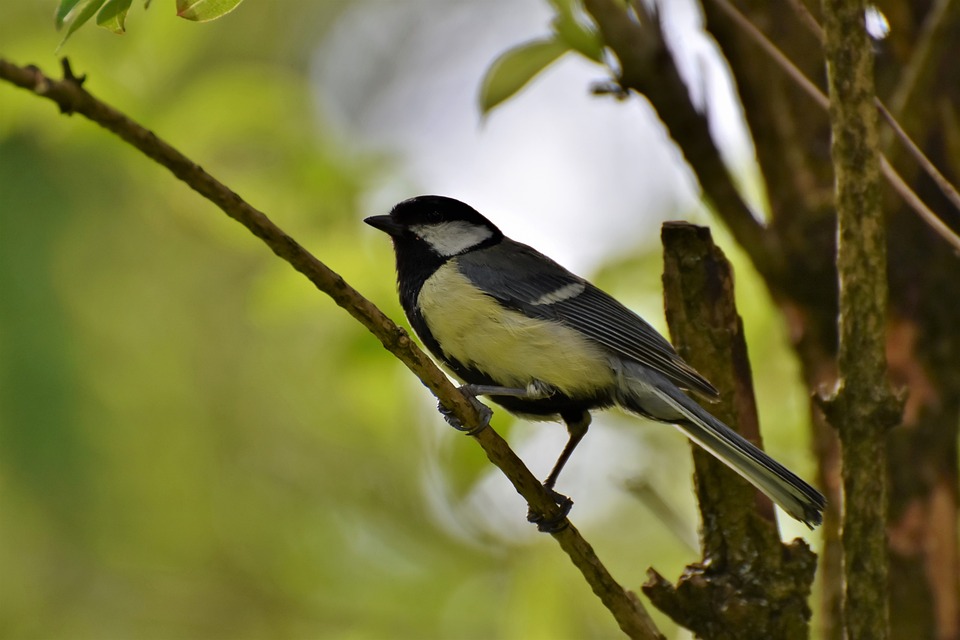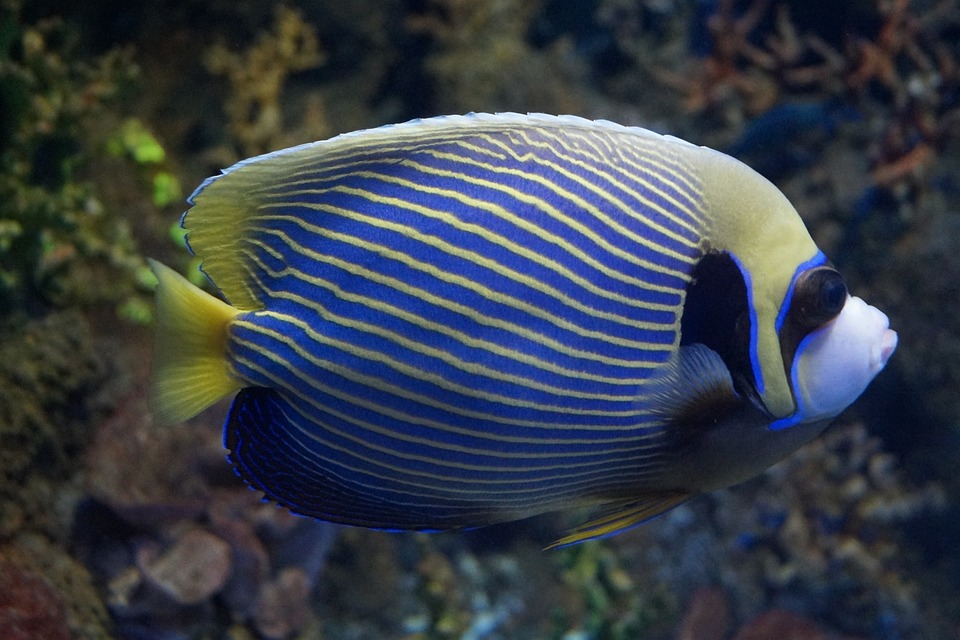Nevada, known as the Silver State, is the 36th US state and is landlocked by Oregon, Idaho, Utah, California, and Arizona. While many people associate Nevada with the lively vibes of Las Vegas, its immaculate state parks, and the mighty Hoover Dam, the state is also home to a diverse range of wildlife. From desert tortoises to bald eagles, Nevada’s wildlife is thriving. However, among the diverse wildlife in the state, there are also animals that are considered dangerous and deadly. Let’s explore some of the deadliest animals in Nevada.
Mountain Lions, also known as cougars, panthers, pumas, or catamounts, are solitary and adaptable creatures that can survive in various habitats. In Nevada, mountain lions are often found in areas with pinyon pine, juniper, mountain mahogany, ponderosa pine, and mountain brush. While encounters with mountain lions are rare, it is essential to take precautions when venturing into mountain lion country. Removing items that can attract deer, supervising children outdoors, and keeping pets indoors at night can help reduce the risk of encounters with these majestic yet potentially dangerous animals.
Rattlesnakes are prevalent throughout Nevada, with several species posing a risk to humans and pets. The Mojave Desert Sidewinder Rattlesnake, Mojave Green Rattlesnake, Panamint Rattlesnake, Southwestern Speckled Rattlesnake, Western Diamondback Rattlesnake, and Great Basin Rattlesnake are some of the venomous snake species found in the state. While encounters with these snakes are uncommon, it is crucial to be cautious when exploring the outdoors. Avoid touching or disturbing snakes, watch where you step, and seek medical attention immediately if bitten by a venomous snake.
Deer Mice, also known as white-footed mice, are the most widely distributed mammal in North America. While these rodents may appear cute, they are natural hosts of hantaviruses, which can cause hantavirus pulmonary syndrome in humans. To prevent encounters with deer mice, secure indoor spaces, clean up food sources accessible to rodents, and take precautions when cleaning up after rodents.
Gila Monsters, the only venomous lizards in North America, are found in the Mojave Desert and other desert habitats in Nevada. While their venom is rarely deadly to humans, their bite can be painful. It is important to avoid picking up Gila Monsters and contact the Nevada Department of Wildlife if they pose a public safety threat.
Bark Scorpions, also known as Arizona bark scorpions, are small scorpions found in Southern Nevada. While their stings are painful, they are unlikely to be fatal. To prevent encounters with bark scorpions, exercise precautions at night, such as shaking out shoes and clothing before use, and removing sources of standing water from your property.
Mosquitos, while small in size, can be considered one of the deadliest animals in Nevada due to their potential to transmit mosquito-borne diseases like West Nile virus. To reduce the likelihood of attracting mosquitos, ensure that screen doors and windows are installed properly, remove sources of standing water, and wear protective clothing and insect repellent when outdoors.
Black Bears, the only species of bear found in Nevada, are primarily found in mountainous settings and the foothills of the Sierra Nevada and Lake Tahoe. While black bears are omnivorous and primarily consume plant-based foods, it is important to take precautions in bear country to reduce the risk of encounters. Removing attractants, securing waste in bear-resistant containers, and hiking in groups can help prevent conflicts with black bears.
In conclusion, while Nevada is known for its vibrant nightlife and stunning landscapes, the state is also home to a variety of wildlife, some of which can be considered dangerous. By taking precautions, respecting wildlife, and being aware of potential risks, visitors and residents can safely enjoy the diverse wildlife that Nevada has to offer.





